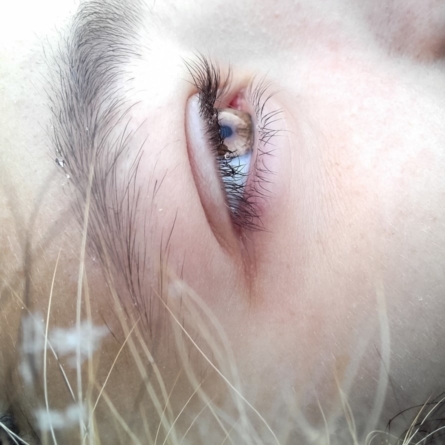
Hyperopia (Long Sightedness)
Hyperopia, otherwise known as long-sightedness or far-sightedness, is a common eye condition that causes objects to appear blurred. The majority of patients have problems focusing on close objects, but some will have problems with distance and close objects at the same time.
In perfect vision, light rays from an object will be focused on the retina, but in hyperopia, light rays reach the retina before converging into a focused image due to the eye being too short or the cornea being less curved than usual making the eye too weak to focus the light.
Symptoms of long-sightedness
- Distant objects are clear, but nearby objects appear blurred.
- Problems in activities such as reading or viewing a computer screen and may have to squint to focus clearly.
- Frequent headaches and general discomfort in these activities.
In addition, common symptoms of higher levels of hyperopia:
- Distance and close objects are blurred. This develops from birth to early adulthood.
- Certain squints (turn in the eye) may develop in the under-fives due to high hyperopia.
Causes of hyperopia
Patients with hyperopia or long sightedness will develop a short and/or weaker eye during the developmental period of the eye, typically from birth to eight years of age.
Though the symptoms related to hyperopia can occur at any age, the severity of the hyperopia will often depend on genetic factors.
Treatment options for hyperopia
The treatment for hyperopia is either glasses or contact lenses. Patients who no longer wish to rely on spectacles may wish to consider laser eye surgery.
Laser eye surgery
The most common treatment for patients with hyperopia who don’t want to wear glasses or contact lenses is laser eye surgery. Excimer laser technology ensures that your advanced, customised surgery can be performed with laser precision.
Clarivu™ lens replacement
Optegra’s medical package for a proven and permanent lens replacement procedure also known as Refractive Lens Exchange (RLE). It’s a technically-advanced development of cataract surgery, one of the world’s most frequently performed surgical procedures. Clarivu may be an option for patients who have hyperopia with presbyopia or a cataract.
Phakic ICL (implantable contact lens)
ICL, or implantable contact lens, is a surgical procedure in which a lens is placed in your eye between your natural lens and iris, or between the iris and cornea. Sometimes called a Phakic IOL (intraocular lens).
Every patient is unique, so we offer a detailed consultation with one of our Consultant Ophthalmic Surgeons to determine suitability, answer all your questions and explain the vision correction treatment options.